The content below was published in the winter 2017 edition of Interface.
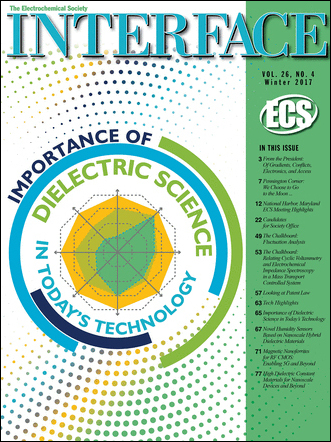 Each year ECS gives up to five Summer Fellowships to assist students in continuing their graduate work during the summer months in a field of interest to the Society.
Each year ECS gives up to five Summer Fellowships to assist students in continuing their graduate work during the summer months in a field of interest to the Society.
Congratulations to the four Summer Fellowship recipients for 2017. The Society thanks the Summer Fellowship Committee for their work in reviewing the applications and selecting four excellent recipients.
2017 Edward G. Weston Summer Research Fellowship
Mapping Nanoscale Ion Transport
Lushan Zhou
Transport of ions at small length scales plays critical roles in almost all physical and biophysical processes. Investigation of local ion transport properties requires tools for direct visualization of spatially distributed ions at interfaces. Scanning ion conductance microscopy (SICM), a scanned nanoscale pipette, allows high resolution non-contact topography
imaging of samples bathed in electrolyte and therefore is well-suited for nanoscale ion transport studies. Read more.


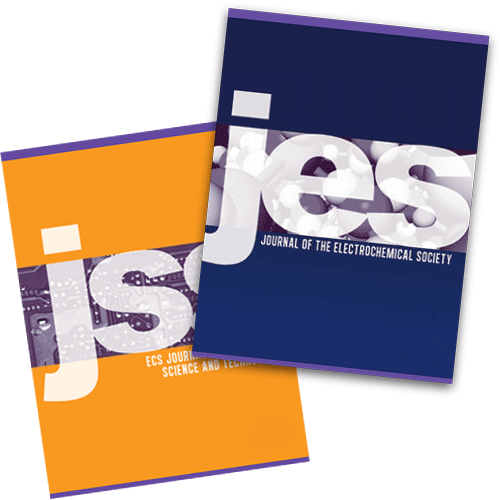 Tech Highlights was prepared by David Enos and Mike Kelly of Sandia National Laboratories, Colm Glynn and David McNulty of University College Cork, Ireland, Zenghe Liu of Verily Life Science, and Donald Pile of Rolled-Ribbon Battery Company. This article was originally published in the
Tech Highlights was prepared by David Enos and Mike Kelly of Sandia National Laboratories, Colm Glynn and David McNulty of University College Cork, Ireland, Zenghe Liu of Verily Life Science, and Donald Pile of Rolled-Ribbon Battery Company. This article was originally published in the 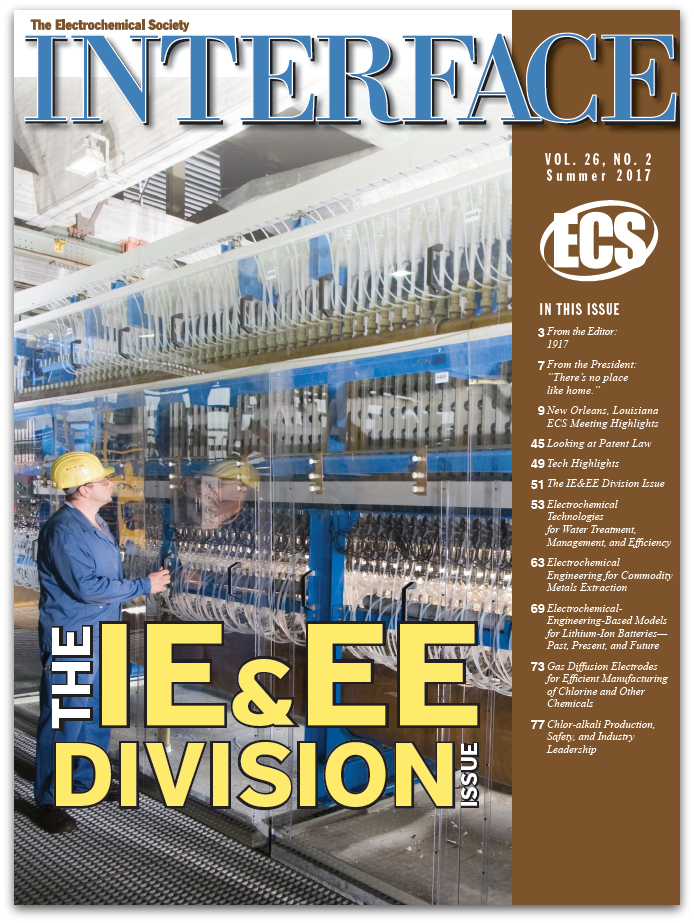
 Wolfram|Alpha
Wolfram|Alpha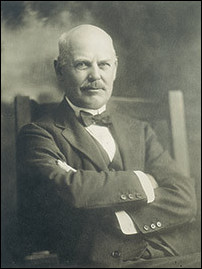 The discovery of an electric arc can be tied to the use of an electrochemical energy source. Sir Humphry Davy described in 1800 an electric discharge using electrochemical cells1 that produced what we would call a spark, rather than an arc. However, in 1808, using an electrochemical battery containing 2000 plates of copper and zinc, he demonstrated an electric arc 8cm long. Davy is also credited with naming the phenomenon an arc (Fig. 1). An electric arc was also discovered independently in 1802 by Russian physicist Vasily Petrov, who also proposed various possible applications including arc welding. There was a long gap between the discovery of the electric arc and putting it to use.
The discovery of an electric arc can be tied to the use of an electrochemical energy source. Sir Humphry Davy described in 1800 an electric discharge using electrochemical cells1 that produced what we would call a spark, rather than an arc. However, in 1808, using an electrochemical battery containing 2000 plates of copper and zinc, he demonstrated an electric arc 8cm long. Davy is also credited with naming the phenomenon an arc (Fig. 1). An electric arc was also discovered independently in 1802 by Russian physicist Vasily Petrov, who also proposed various possible applications including arc welding. There was a long gap between the discovery of the electric arc and putting it to use.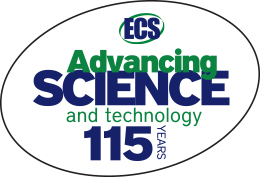 In April 1902, upon the conclusion of the Society’s first meeting in Philadelphia, the Society’s first president wrote the column below, which was printed in the Society’s first publication, explaining the rationale to form the American Electrochemical Society.
In April 1902, upon the conclusion of the Society’s first meeting in Philadelphia, the Society’s first president wrote the column below, which was printed in the Society’s first publication, explaining the rationale to form the American Electrochemical Society. The advent of the Internet of Things suggests the potential for broad dissemination of information through a world of networked systems. An aspect of this paradigm is reflected in the concept of Smart Sensors Systems previously described in Interface: Complete self-contained sensor systems that include multi-parameter sensing, data logging, processing and analysis, self-contained power, and an ability to transmit or display information.
The advent of the Internet of Things suggests the potential for broad dissemination of information through a world of networked systems. An aspect of this paradigm is reflected in the concept of Smart Sensors Systems previously described in Interface: Complete self-contained sensor systems that include multi-parameter sensing, data logging, processing and analysis, self-contained power, and an ability to transmit or display information.